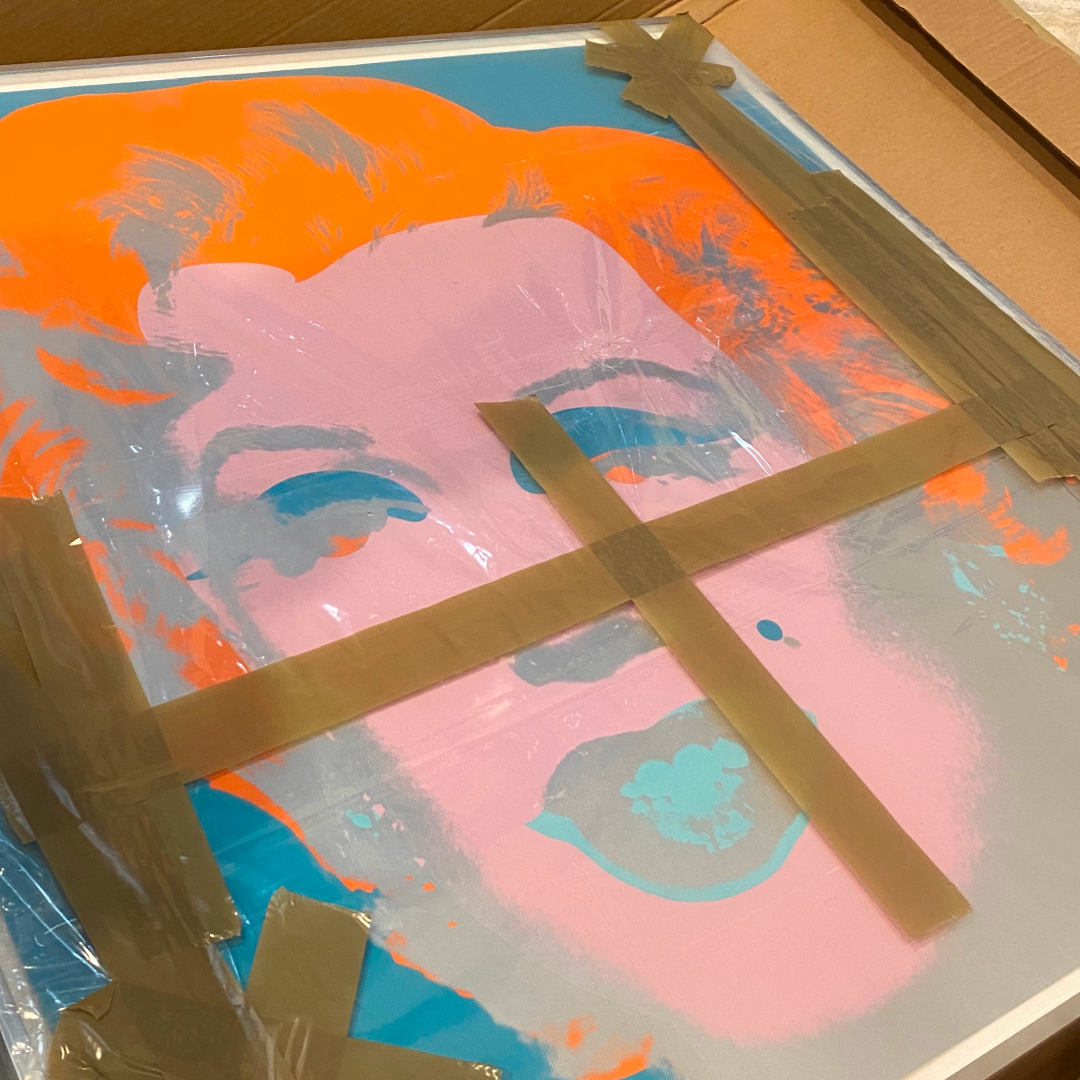
What should you know about art insurance and, specifically, art shipping insurance? To help you navigate the nuances of this complex area, Fine Art Shippers interviewed our long-term partner, independent broker Claude Pettis.
Intricacies of Art Insurance: Interview with Independent Broker
To begin with, could you briefly introduce yourself? What is your specialization as an art insurance broker?
Claude Pettis: As an insurance specialist, I focus primarily on insuring art during transit, commonly known as cargo insurance, which is specifically tailored for artworks. Additionally, I provide storage insurance. This combined coverage encompasses transportation to the venue, the duration of the exhibit itself (whether on a show floor or in a museum display), and the return transit, for art featured in either single or multiple exhibits. Our extensive experience with museums enables us to ensure continuous coverage throughout the artwork’s journey and exhibition schedule. This is especially valuable for collections or exhibitors with artworks not confined to a single location.
As an independent broker, which insurance companies do you work with? Can you name a few?
I work with companies of various sizes and specializations. There are certain cases that some companies simply do not handle. Understanding the terms and nuances of each company enables me to approach the most suitable ones to secure the best quotes for my clients. Among the companies I work with are Lloyd’s of London, a significant player in insuring high-value art, AXA, Tokio Marine Nichido, Great American Allianz, and several others.
Could you provide more details about storage insurance and what it encompasses?
Several factors have to be considered for art storage insurance. The key aspects are the artwork’s medium and nature—whether it’s a sculpture, painting, decorative object, etc.—and the age of the item. They significantly influence the choice of storage facility. For instance, older oil paintings may be ineligible for insurance if stored in non-climate-controlled facilities. Furthermore, the quality of the storage facility directly affects the insurance pricing. Art valuation is another crucial aspect and often the trickiest part of insuring art, especially in the absence of a commercial invoice or a recent sale record. In such scenarios, obtaining a recent appraisal is essential.
How is the valuation of artwork typically conducted?
In my role, I do not personally establish the value of art; this is a highly specialized and expert field. However, I do offer recommendations and can refer clients to qualified appraisers across the country. My job involves advocating for clients to ensure insurance companies accept various forms of valuation documentation. This often includes letters from universities, experts, or other authoritative sources that provide opinions on the value of older art pieces. If the insurance company declines these documents, I guide clients on how to obtain the necessary appraisals or validation.
How do I go about insuring an art collection at home, where the conditions differ from those in a professional storage facility?
My advice for anyone in this situation is to consult their homeowner’s insurance. Although we provide a service to review art coverage to ensure its adequacy, in most cases, relying on homeowner’s insurance is likely the best option. It is important to note very few cover art in transit. If items need to be transported, check your homeowners policy very carefully, or we can review for you.
Why is it important to have a specialized insurance policy for art in transit?
When handing over any goods, including art, to a trucking company, it’s common for the trucker to have what’s known as motor truck cargo insurance, often simply referred to as cargo insurance. It’s essential to understand that this insurance doesn’t directly cover the goods in the truck, but rather the trucker’s liability for handling and transporting someone else’s goods. Most truckers I collaborate with carry this policy. However, for high-value or delicate items like artwork, they frequently choose additional coverage known as all-risk cargo insurance. This insurance provides direct coverage for the art pieces and ensures payment to the goods’ owner, rather than compensating the trucker who would then reimburse the owner. This method of direct payment is simpler and more advantageous for the art owner.
I’d like to focus more on cargo insurance. What are the important factors to be aware of when choosing such insurance?
If you approached me for insurance services, I would first need to know the origin and destination of your art pieces, their value, and how they are packed. I maintain a list of accredited fine art packers, such as Fine Art Shippers, known for their proficiency. Ensuring that your art is packed in the best possible way is a top priority for me. Similar to the process of obtaining storage insurance, I would explore the transit insurance market. My goal is to gather as many quotes as possible and negotiate both the price and coverage to the best of my ability for your benefit.
If I were an art collector planning to transfer my collection from my home to a storage facility, what should be my first step?
The first step is to obtain quotes. Being an independent insurance broker, not tied to any insurance company, allows me to work solely for my client’s benefit. Having access to a wide range of insurance companies, I am able to secure the best price for my clients. After you receive a quote, I can provide various referrals for storage facilities.
Is cargo insurance only for the duration of the transit?
We can extend cargo insurance to include storage, especially if the storage is an integral part of the transit process. For example, I recently arranged insurance for a shipment to Uzbekistan, not an easy location for insurance. The shipment required a prolonged storage period of nearly two months in Germany before the logistics for its final delivery to Uzbekistan could be arranged. This entire process, including the storage period, was covered under one policy at a single rate. Additionally, cargo insurance should address the complexities of international travel, including the customs regulations and procedures of various countries. My role involves creating policies that meet specific needs and ensuring that underwriters accept the terms we propose.
How does the process of insuring artworks differ between private collectors and institutions?
From my perspective, which mainly focuses on transport and storage, there isn’t a significant difference in insuring artworks for private collectors versus institutions. However, challenges arise with very large, high-value collections, particularly when individual pieces are valued at over $20 million. In such cases, only a few insurance groups are willing to take on such substantial risk. If multiple pieces need to be shipped simultaneously, it poses similar challenges, though different insurance companies might have varying approaches to this. The main complication is either the high value of individual pieces or the cumulative value of multiple artworks.
Interview by Inna Logunova


